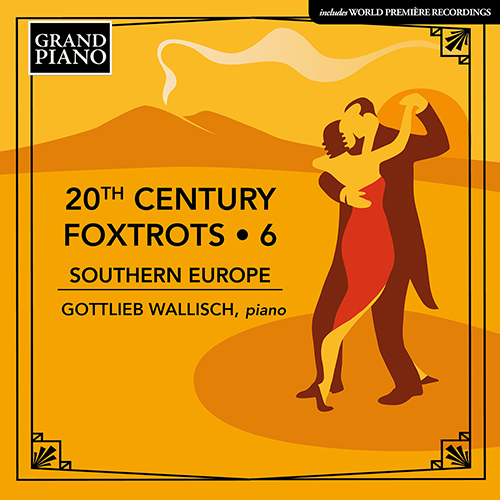
Alfredo Gattari (1894 - 1972)
Chopin’s Charleston Dream by Alfredo Gattari provides a lively contrast to the idea of how a 20th-century composer might find his way in a new musical world without neglecting characteristics of his original style. Gattari, who achieved success as a composer of dance music and as a versatile arranger but also inhabited more serious realms like the transcription of music by Johann Sebastian Bach, makes use of a type of rag that was essentially confined to the 1920s (and occasionally crops up later in stylised form) – the novelty rag, or ‘novelty’ for short. In parallel to the jazz music emerging everywhere, this developed rags into virtuosic piano pieces. The similarity to mechanical piano rolls that ossify a piece, making it always the same to listen to, is deliberate. This in turn makes particular demands on live players. And perhaps it was less a case of Chopin dreaming of the Charleston than of Gattari dreaming of Chopin when he had the idea of working quotations from the Étude, Op. 25, No. 8 and popular ‘Minute’ Waltz, Op. 64, No. 1 into his piece.


 Grand Piano has gained a reputation for producing high quality recordings of rare keyboard gems. Dedicated to the exploration of undiscovered piano repertoire, the label specialises in complete cycles of piano works by many lesser-known composers, whose output might otherwise have remained unknown and unrecorded.
Grand Piano has gained a reputation for producing high quality recordings of rare keyboard gems. Dedicated to the exploration of undiscovered piano repertoire, the label specialises in complete cycles of piano works by many lesser-known composers, whose output might otherwise have remained unknown and unrecorded.






